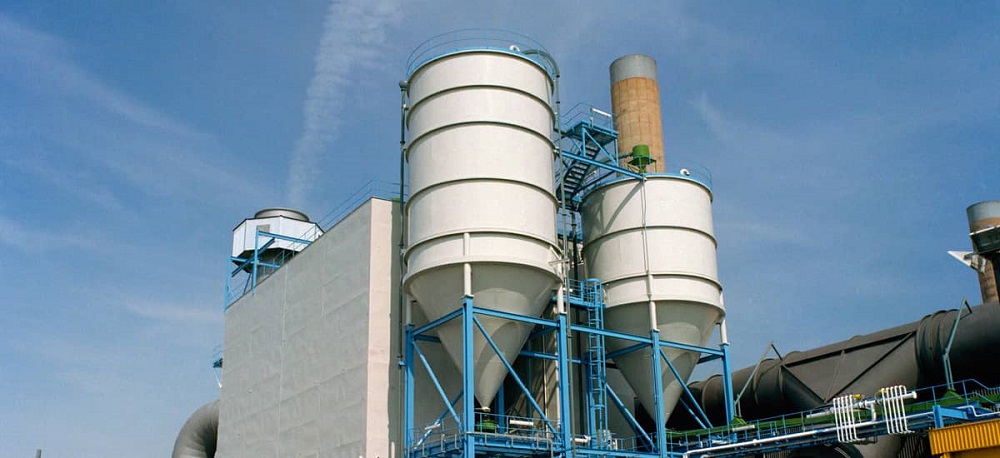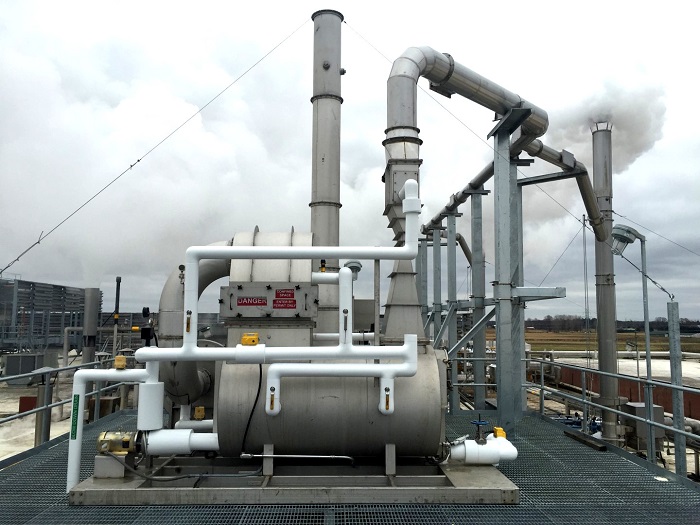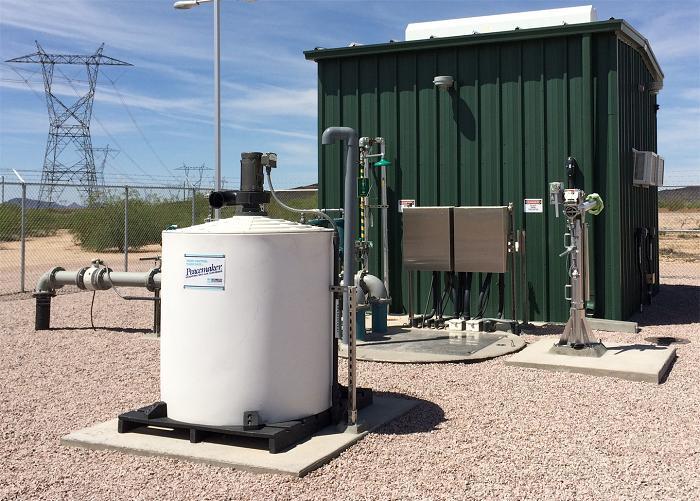In another article, we discussed the scrubber system, its working principles, and overall design. Through the following lines and paragraphs, we are going to meet the types of scrubbers and make a clear crystal distinguishment between the types, their individual designs, and their applications. Stay tuned with Linquip to learn what is necessary to know about the scrubber’s types.
As you know scrubbers are a varied group of air pollution control systems designed to remove particulates from industrial streams. They can eliminate up to 90% of emissions resulting in acid rains and other destructive environmental phenomena. In other words, using scrubbers of any type helps achieve a considerable removal of harmful gas particles so that the streams of industrial sites are no longer damaging to the environment.
There are two major types of scrubbers that we are going to elaborate on their applications and functions individually.
What is a wet scrubber?
A wet scrubber system is one of the main types of scrubbers that use wet or liquid substances, basically water to remove acidic contaminants from industrial emissions before they are released into the environment. Flue gases in this system are funneled through an area and then sprayed by a wet substance which is usually water for dust or other solutions more effective for targeting certain contaminants like fuel gas. After that the liquid is misted through the gas and the gas comes out without pollutants that were included before the exposure to the scrubbing liquid. Actually, when the gas is sprayed by the liquid the heavy pollutants are attached to the liquid. Misting the pollutants is the most common method used in this type of scrubber, in a different design, the gas is forced to bubble through a pool of scrubbing liquid. The method and result are the same; the contaminants bind to wet substances while the gas or dust is going to be filtered through the pool. Finally, the gas is clean and it emerges leaving the contaminants in the pool.
In both designs what is the same is the substance used to remove the contaminants. The scrubbers of this type are made of ductwork and a blower system to force the polluted gas through its chamber. Besides, there is a pump and a collector area to detach the used wet substance from the pollutant-free gas. This scrubbing liquid is channelized away and collected for specialized disposal due to the fact that it may contain potentially harmful materials. This wet-sprayed substance cannot easily be freed to the environment because of its chemical content.
These scrubbers are frequently used in most coal-fired power plants and other industrial plants that process propane and other types of natural and inorganic gases like sulfur dioxide, chromic acid, hydrogen sulfide, ammonia, chlorides, and fluorides.
Advantages and disadvantages
There are a couple of advantages to the use of this type of scrubber; these scrubbers are totally sturdy and stable and can tolerate a wide range of temperatures which are suitable for almost any environment. Moreover, these scrubbers support a wide range of contaminant refinement from sulfur to acidic gases that contribute to acid rains.
A few drawbacks have been seen in the operation of scrubbers of this type; these systems need frequent maintenance and because of employing liquid especially water as the removal substance, it can heavily suffer from corrosion. Having been maintained properly, it lasts for several years before it needs to be replaced.
What is a dry scrubber?
The dry scrubber is one of the types of scrubbers whose function is similar to wet ones but unlike wet industrial scrubbers, this type doesn’t utilize a liquid to absorb contaminants. Because of this difference, a wastewater system is not needed. The system sprays a collection of dry chemical substances into exhaust steam. Depending on which material these dry substances are targeting for removal, they react differently. Some of them neutralize pollutants included in the exhaust stream through a chemical reaction while others cause the contaminants to turn into a different substance. This type of system is built of a reaction center where the dry sorbent absorbing contaminants is mixed with the polluted gas. This type of scrubber is used primarily to remove acids within gasses from combustion sources.
The process of removal is done by adding a series of dry reactants to the gas. The whole process is accomplished in three steps gas cooling, injection of dry purifying substances, and filtering. To prepare the polluted gas it should be cooled. This step makes it easier to remove toxins from the exhaust stream. After cooling the gas, reagent injection can begin. In this step, a variety of powders mixed and under high pressure are fired into polluted gas where chemical reactions happen and toxins of gas are removed. Through the last step, all the used powders are captured by a filter and the purified gas exits the scrubbing chamber. Most of the time used powders can’t be reused because they can’t be cleaned properly.
Advantages and disadvantages
Among the types of scrubbers, this type is more commonly used mainly due to the fact that they produce little waste materials in comparison with the wet type. As most of the purifying powders sprayed into polluted gases are burned off in the heat of the process or captured by the filter, applying this type is less expensive. Moreover, in this type we have no excessive cost for removing, transporting, and storing wastewater of wet ones.
But the residual waste powders which are not burned should be disposed which is not possible every time. Another disadvantage is that the scrubbing process is expensive in this design. And finally, you should know that the dry type can’t remove all the contaminants from the polluted gas.
Conclusion
Different types of scrubbers save our environment by rejecting and removing toxic harmful chemicals and acids. By employing one of the right, suitable and compatible types of scrubbers, the environment, workers, and people can breathe more pure and fresh air and other pollution phenomena won’t happen easily.
In this article, we tried to tell you all you need to know about the different types of scrubbers. We talked about their applications and functions. We discussed the advantages and disadvantages of each type and the decision is up to you. If you have any ideas or opinions about this topic or obtained useful experiences with scrubbers, you can share them with us in the comments and if you have a question about scrubbers that you didn’t find an answer to, our experts in Linquip are ready to lead you. Just sign up and ask your questions.
Buy Equipment or Ask for a Service
By using Linquip RFQ Service, you can expect to receive quotations from various suppliers across multiple industries and regions.
Click Here to Request a Quotation From Suppliers and Service Providers
Read More on Linquip





